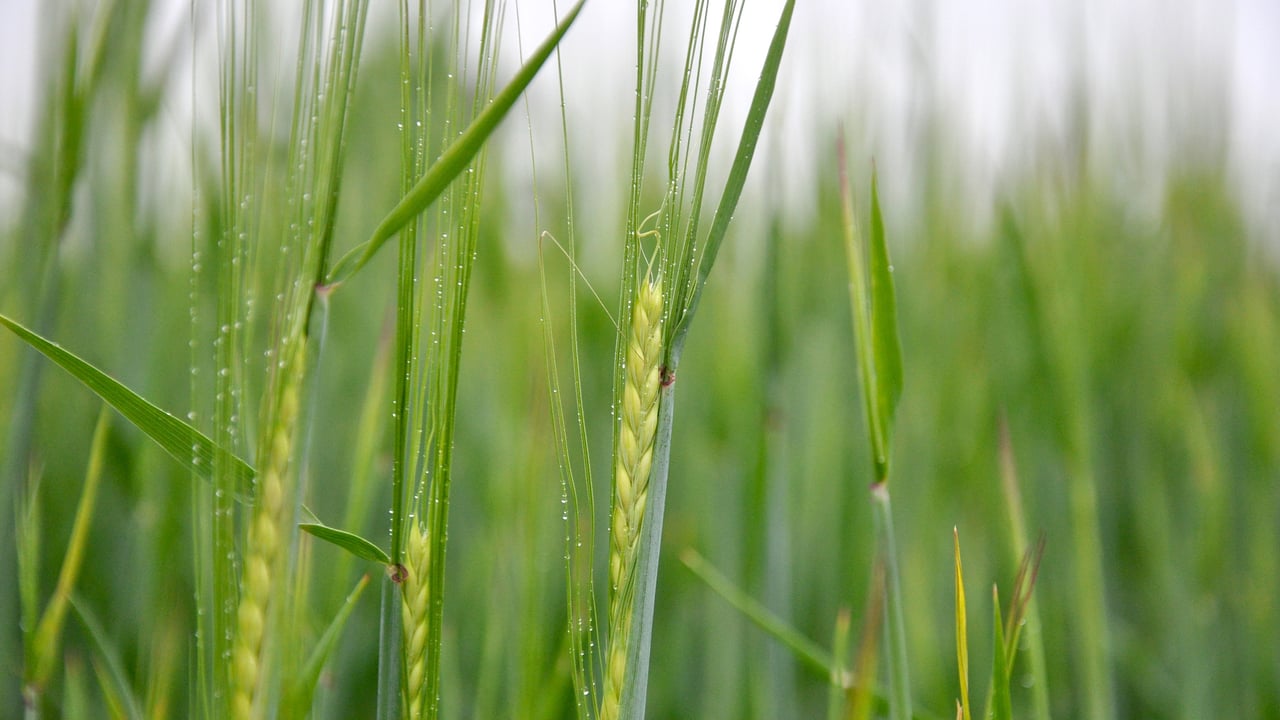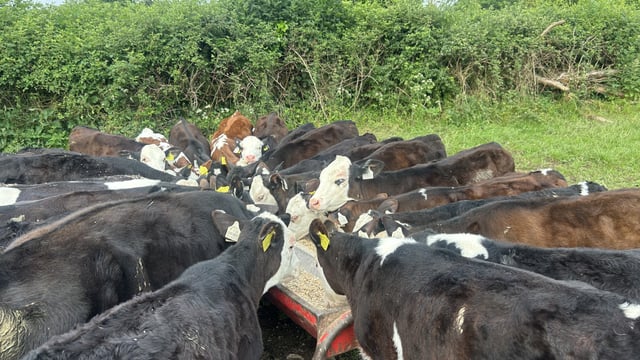Disease control updates for spring barley and winter wheat crops
Tillage farmers will be pushing ahead with their final disease control measures on spring barley and winter wheat crops over the coming days.
It marks the end of a frantic period of activity for growers.
According to Teagasc, many of the early March-drilled crops have already received their final fungicide. However, most of the later-sown crops still have to receive it.
Late season control in spring barley is designed to target diseases such as rhynchosporium and net blotch.
However, this year, ramularia will probably be the focus after a very dry April and May, where many crops suffered from drought stress.
While different varieties have differing levels of tolerance to ramularia, predicting which varieties are going to show signs of infection is very difficult.
For this reason, agronomists are recommending that growers protect all barley crops.
Repeated trials have shown that from 'flag leaf fully emerged' to the 'awns peeping' is the optimum timing for applying the final fungicide, and that waiting for the heads to come fully out and start flowering can reduce yields by 0.3-0.4t/ha.
This yield loss clearly shows that allowing ramularia to develop in the crop makes it more difficult to control.
So the earlier application of fungicides is important. This is because all the products that are available will only work preventatively. They will not cure it when disease is visible.
By applying a fungicide early, growers are trying to delay the infection from occurring for as long as possible, thus keeping the crop greener for longer.
Septoria levels have been very low up to this point as a result of the dry weather in April and May, while yellow rust has been an issue in some crops.
The final ‘head’ spray helps to top up control of disease on the flag leaf, and gives some protection against fusarium and other ear diseases, especially if the weather is broken during flowering.
Growers should time the final fungicide application at early flowering, which is normally three weeks after the flag leaf spray.
Met Éireann gives a changeable few days ahead with showers and longer period of rain in the offing. Temperatures are well up on this time last week.
Current indications suggest that high pressure will build over Ireland next week bringing plenty of dry weather, but there will be some weak rain bands embedded in the flow.





